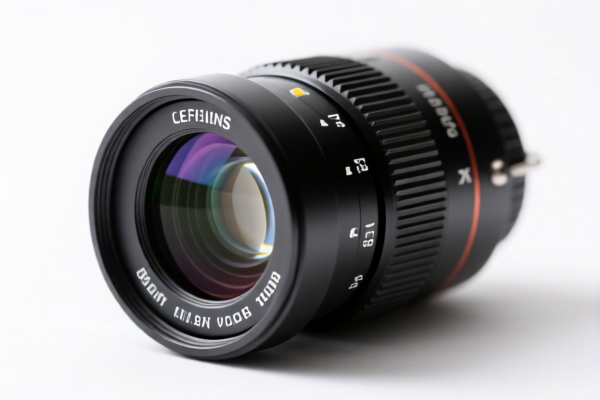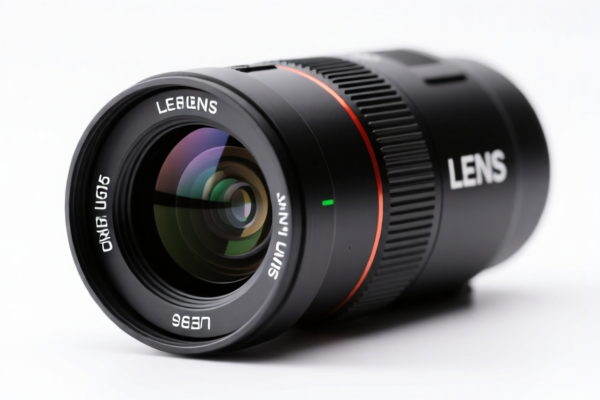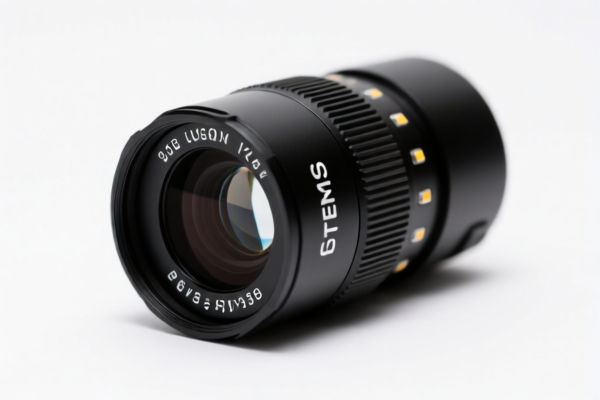| HS Code | Official Doc | Tariff Rate | Origin | Destination | Effective Date |
|---|---|---|---|---|---|
| 8708995300 | Doc | 55.0% | CN | US | 2025-05-12 |
| 3926909989 | Doc | 42.8% | CN | US | 2025-05-12 |
| 7011900000 | Doc | 61.6% | CN | US | 2025-05-12 |




Okay, let's break down the HS codes and tax implications for your declared items. I'll provide a structured analysis to help you understand the classification and potential costs.
Important Note: While I can provide guidance, the final HS code determination rests with customs officials. It's crucial to verify this information with your customs broker or local customs authority.
1. HS Code: 8708.99.53.00 – Parts and accessories of motor vehicles (Cast Iron)
- Chapter 87: Vehicles, aircraft, and parts thereof; bicycles, rickshaws, etc. – This indicates the item is related to motor vehicles.
- 8708: Parts and accessories of motor vehicles.
- 8708.9: Other parts and accessories. This is a broad category, meaning your item isn't specifically listed in the more detailed subheadings.
- 8708.99: Other parts and accessories not elsewhere specified. Further refinement of "other" parts.
- 8708.99.53.00: Specifically for parts of cast iron. This is a very specific classification.
Tax Implications:
- Basic Duty: 0.0%
- Additional Tariff: 25.0%
- Post April 2, 2025 Additional Tariff: 30.0%
- Total Tax: 55.0%
Key Considerations:
- Material Verification: Crucially confirm the material is entirely cast iron. Any other material composition could change the HS code.
- Vehicle Type: While this code covers parts for various vehicles, be prepared to specify the vehicle type the part is intended for.
- Documentation: Ensure your invoice clearly states the material composition and intended vehicle application.
2. HS Code: 3926.90.99.89 – Plastics articles (Other)
- Chapter 39: Plastics and articles thereof.
- 3926: Other articles of plastics and articles of other materials. This suggests the item is made of plastic or a combination of materials.
- 3926.90: Other articles. A general category within "other" plastic articles.
- 3926.90.99: Other. Further specification of "other" articles.
- 3926.90.99.89: A very specific "other" classification.
Tax Implications:
- Basic Duty: 5.3%
- Additional Tariff: 7.5%
- Post April 2, 2025 Additional Tariff: 30.0%
- Total Tax: 42.8%
Key Considerations:
- Material Composition: Verify the primary material is plastic. If other materials are significant, the HS code may change.
- Article Function: Be prepared to describe the specific function of the plastic article.
- End Use: Customs may inquire about the end use of the item.
3. HS Code: 7011.90.00.00 – Glass envelopes for electric lamps (Other)
- Chapter 70: Glass and glass articles.
- 7011: Glass envelopes (including bulbs and tubes), open, and glass parts thereof, without fittings, for electric lamps and light sources.
- 7011.90: Other glass envelopes.
- 7011.90.00.00: A very specific classification for "other" glass envelopes.
Tax Implications:
- Basic Duty: 6.6%
- Additional Tariff: 25.0%
- Post April 2, 2025 Additional Tariff: 30.0%
- Total Tax: 61.6%
Key Considerations:
- Fittings: Confirm the glass envelope is without fittings. The presence of fittings would change the HS code.
- Lamp Type: Be prepared to specify the type of electric lamp the envelope is intended for (e.g., LED, incandescent, fluorescent).
- Quality/Standard: Depending on the destination country, you may need to provide documentation demonstrating compliance with relevant safety or quality standards.
Important Reminders:
- April 2, 2025 Tariff Changes: Be aware of the upcoming tariff increases on April 2, 2025. Factor this into your cost calculations.
- Invoice Details: Ensure your commercial invoice includes a detailed description of each item, material composition, unit price, quantity, and country of origin.
- Customs Broker: I strongly recommend working with a qualified customs broker in the destination country. They can provide expert guidance and ensure compliance with all applicable regulations.
- HS Code Verification: The final HS code determination is made by customs officials. Be prepared to provide supporting documentation if requested.
Do you have any further questions about these classifications, or would you like me to elaborate on any specific aspect? Providing more details about the items (e.g., photos, intended use) could help refine the HS code assessment.
Customer Reviews
No reviews yet.